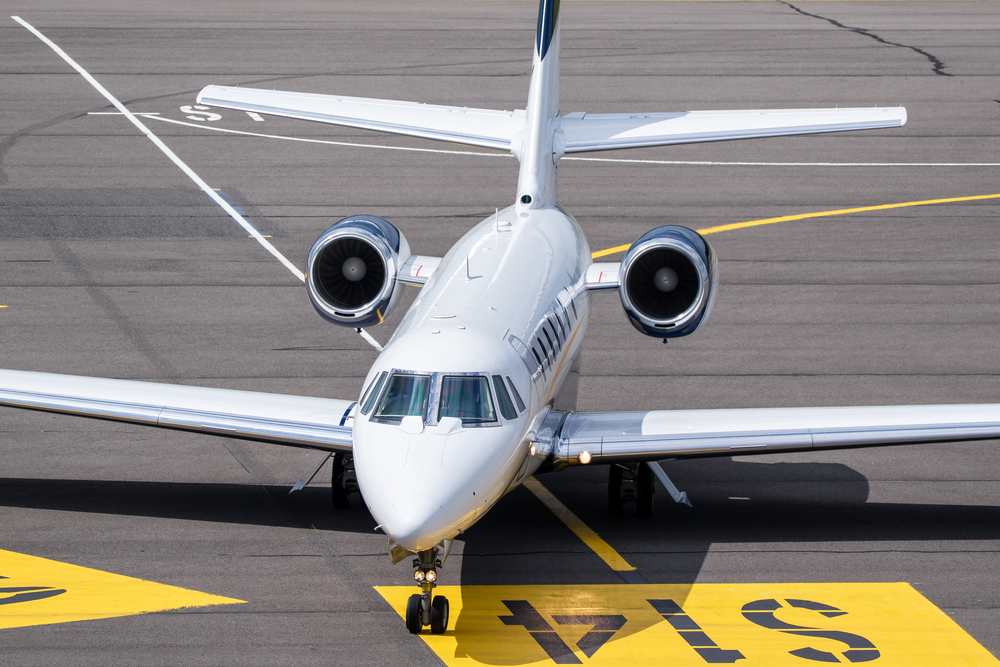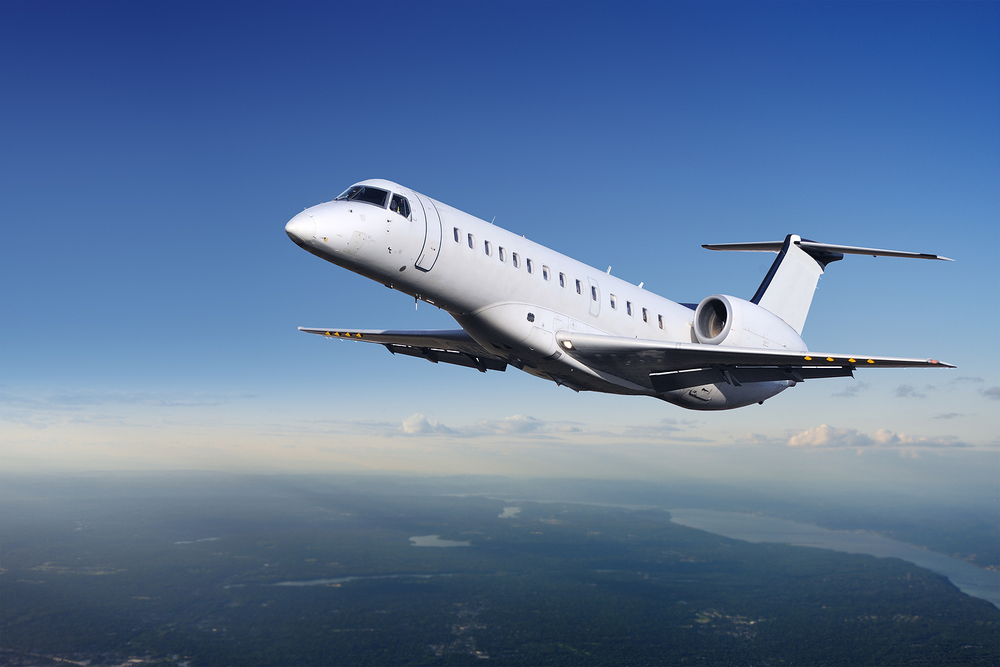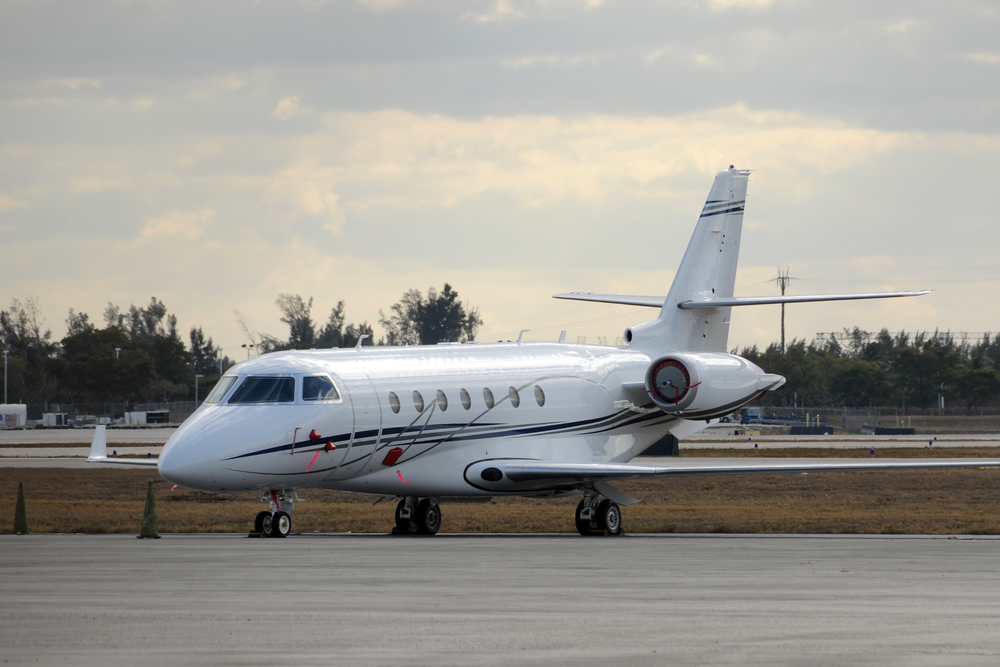The world of private jets is changing as technology improves, tastes evolve, and high-net-worth customers demand even more luxury. Now experts are predicting some spectacular upgrades to the world’s most glamorous method of travel in the very near future.
The legendary Learjet, favoured by high-profile celebrities in the 60s and 70s, was once regarded as the ultimate private jet, one of the fastest commercial aircraft in its day with a famously sleek design and high performance.
But Canadian owner, Bombardier, recently announced it will no longer be manufacturing the jet created by US inventor Bill Lear, instead focusing on its Global and Challenger series which feature larger, more luxurious cabins, some with showers and beds on board.
So just how glamorous can private jets get? And what does the future of private jet travel look like?
We turned to Kathy Leroy, VIP charter manager at Chapman Freeborn, for some answers.

These are exciting times for private jet travel. What should we be looking out for as new aircraft come onto the market both for charter and for sale?
There are a multitude of new private jets coming on the market soon, such as the hotly anticipated Dassault Falcon 6X, which offers the widest cabin of any purpose-built business jet (excluding VIP airliners such as the Boeing 737 BBJ and Airbus ACJ320).
It also offers a skylight in the forward galley, a first for a business jet, which allows natural light to fill the often-dark forward cabin.
Are there any other aircraft you are especially excited about?
The rise of E-VTOL aircraft, which can take off and land vertically, and are powered by electric motors, will likely be the next biggest change to personal travel. Depending on their viability and range (batteries are the issue currently), they could start to eat into the market share of chartered helicopters. Watch this space.
So, it is not entirely about luxury – there are other factors at play, too?
There’s no doubt that the need for luxury and comfort is a big aspect of modern demand. Wider cabins and bigger windows, for instance, have proved very popular. But there is also another side to the story.
One of the biggest trends we have seen in the last 10 years has been trying to make private air travel more accessible and economical – with ‘personal aircraft’ being a key focus of many start-up companies.
Aeroplanes such as the new Celera 500L all have their own unique take on trying to find a solution.
During the pandemic we’ve seen far more enquiries from people who have never chartered before, and we see that being a trend which continues, too.

Is that a driver for the iconic private jet manufacturers when it comes to innovation?
It is. Manufacturers are constantly looking at reducing building and operational flying costs to make flights more cost-effective. This, in turn, allows them to capture a larger market share and to sell more aircraft, making them cheaper to build through economies of scale and thus maximising their profits.
Even so, the demand to fly higher, faster and in ever more luxury isn’t going away. Are there any examples of upcoming aircraft prototypes which reflect that desire from customers?
As technology advances there is always going to be someone who innovates fastest and creates an icon.
In the not-too-distant future, supersonic air travel may again be a possibility for the rich and famous, with the introduction of the Aerion AS2 supersonic business jet. Such aircraft remain a way off yet, and there are significant design hurdles to overcome (such as mitigation of sonic booms when flying over populated areas). Regulatory issues are currently hampering development, too, but the desire is there.

As new aircraft come onto the market it is inevitable some will drop off. Do you think your customers are going to miss the Learjet?
It certainly has a lot of fans, but the Learjet’s popularity has wavered significantly over the past 20 years, with sales of new aircraft dropping by almost 90%, despite attempts to refresh the designs of the different models. A lack of true innovation and investment in the product have meant Learjet’s aircraft have failed to keep pace. In terms of popularity with our customers, this varies depending on the model in question.
The Learjet 45 and 75, which compete in the ‘Super-Light Jet’ category, have been crowded out by other more popular aircraft, such as the Cessna Citation Excel / XLS; which offer a larger cabin and a much larger luggage capacity, and the Embraer Phenom 300; which offers a far lower purchase price and operating costs.
In the European market, very few Learjet 45/75s are still available for charter, and even when they are offered to clients, many decide to book other options instead.
The Learjet 55/60 models on the other hand, which compete in the mid-size category, remain popular charter aircraft in the USA, and are well-liked for trans-continental charters thanks to their spacious cabin and low operating costs. In Europe, there are only a few Learjet 60s available for charter, but it is worth mentioning that just because a manufacturer stops making the aircraft, it does not mean that people cannot fly them anymore – take the Boeing 757 or Airbus A300 for example.

What type of aircraft have overtaken the Learjet in terms of customer demand?
The Citation Excel/XLS offers a much taller and wider cabin than the Learjet 45 and has proved far more popular with passengers recently, especially on flights of more than two hours. In terms of charter costs, it normally comes out cheaper, too, as does the Phenom 300.
Learjet 55/60s normally come out as well-priced in the midsize category, however they offer shorter range and smaller cabins than competitors like the Gulfstream G100 and Hawker 800/850/900. It’s always interesting to see how changing demands make a difference in the market, and these are exciting times for private jet travel.
Follow @CFPrivateJets on Instagram to see more or visit chapmanfreeborn.aero.
The post Wider cabins, electric motors and supersonic travel, this is the exciting future of private jets first appeared on Luxury Lifestyle Magazine.